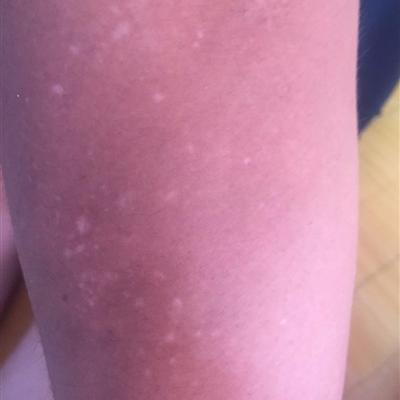How many years does epithelioid sarcoma live?
summary
Epithelioid sarcoma is a unique and rare tumor with unknown origin. It was first reported by Enzinger in 1970. Most of the patients were 20-40 years old, and most of them were at the extremities. Half of the cases reported in the literature occurred in the hand. The first finding was a painless nodule about 1cm in diameter subcutaneously. After 2-3 months, it broke and ulcerated, and gradually infiltrated into the deep part, along the fascia, tendon and nerve. How many years does epithelioid sarcoma live?
How many years does epithelioid sarcoma live?
First, radical surgery or amputation is still the first choice. The main treatment was local extended resection. However, if the lesion involves the whole finger or toe, the lesion finger / toe should be removed completely. For recurrent cases, the resection range should be expanded as far as possible, or the diseased limbs should be amputated. ES is easy to metastasize through lymph nodes. Lymph nodes near the lesion should be cleared as much as possible during operation, and chemotherapy and radiotherapy should be supplemented after operation. However, the curative effect of chemotherapy and radiotherapy is still uncertain.

Second, high dose radiotherapy may be helpful to the surgical site. The disease is invasive, often along the fascia, tendon and nerve sheath growth, easy to relapse and metastasis, and recurrence is often multifocal. The recurrence rate is 65% ~ 77%, even 85%, which mainly depends on the extent of the first resection. 45% - 75% of the cases may have metastasis. The most common site of first metastasis is lymph node (48%), followed by lung (25%), and can also be transferred to scalp, bone, brain and other tissues.

Third, unfavorable prognostic factors include older age at the time of diagnosis, tumor size larger than 5 cm, involvement of deep tissue, nuclear polymorphism, high mitotic activity, tumor cell polyploidy, vascular and / or neural invasion, multiple recurrence, lymph node metastasis, etc. The 5-year survival rate was 80% in female and 40% in male; The prognosis of distal type is better than that of proximal type

matters needing attention
This situation can not eat stimulating food, do not smoke, drink, etc. At the same time, gross observation of superficial tumors, ranging from 1 to several centimeters, deep can be attached with fascia, tendon, etc., section gray, bleeding and necrosis alternate. Extensive resection of local lesions should be the first choice, including at least 2cm of surrounding normal tissue. Patients should not eat stimulating food, smoke or drink. I hope my answer can help you.

















